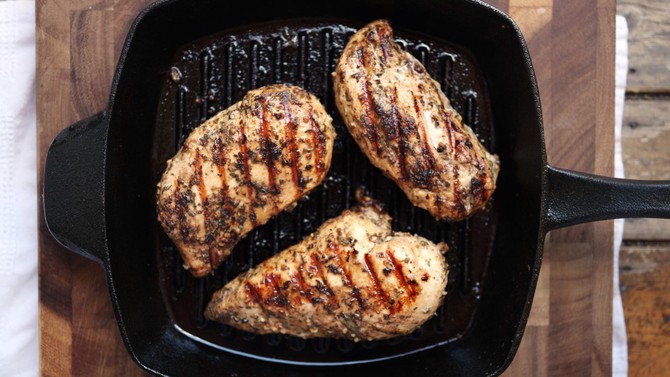Get interesting information about Is The Iron In Food The Same As The Metal, this article is specially curated for you from various reliable sources.

**Is the Iron in Food the Same as the Metal?**
As a child, I was always fascinated by the metal iron and its magnetic properties. I would spend hours playing with magnets and marveling at how they could pick up metal objects. One day, I was eating spinach and asked my mother if the iron in spinach was the same as the metal iron. She answered that the iron in food and the metal iron were chemically the same element but existed in different forms.
This sparked a desire in me to learn more about the different forms of iron and their significance in our lives. In this article, we will delve into the nature of iron, exploring its presence in food and its distinct characteristics as a metal.
**The Nature of Iron**
Iron is a transition metal with the atomic symbol Fe and atomic number 26. As the fourth most abundant element in the Earth’s crust, iron is a vital component of our planet and plays a crucial role in various processes.
Iron is primarily known for its magnetic properties. However, it also exhibits excellent strength, hardness, malleability, and ductility, making it an essential material for various industries. The most common form of iron is steel, an alloy of iron and carbon, prized for its strength and versatility.
**Iron in Food**
Iron is an essential mineral for human health. It is a component of hemoglobin, the oxygen-carrying protein in red blood cells, and plays a central role in various bodily functions, including oxygen transport, energy production, and immune function.
Dietary iron is classified into two types: heme iron and non-heme iron. Heme iron, found in animal products like red meat and poultry, is more easily absorbed by the body than non-heme iron, primarily present in plant-based foods like spinach, beans, and lentils. Vitamin C aids in the absorption of non-heme iron, and pairing iron-rich plant foods with vitamin C-rich foods can enhance iron absorption.
**Iron in the Metal Form**
In contrast to the iron in food, the metal form of iron is not intended for human consumption. Metal iron is pure iron extracted from ore and processed into various forms, including cast iron, wrought iron, and steel. These forms of iron are used in construction, engineering, manufacturing, and other industries.
Metal iron is not bioavailable to the human body and cannot be absorbed. Ingesting metal iron can be hazardous and can lead to iron overload, a condition where excess iron accumulates in the body and can damage tissues and organs.
**Tips for Adequate Iron Intake**
- Consume iron-rich foods from both animal and plant sources. Aim to include red meat, poultry, fish, spinach, beans, and lentils in your diet.
- Pair iron-rich plant foods with vitamin C sources. Vitamin C enhances the absorption of non-heme iron found in plant-based foods.
- Use cast iron cookware. Cooking acidic foods in cast iron cookware can leach iron into the food, increasing iron intake.
If you have concerns about your iron levels, consult with a healthcare professional. They can evaluate your iron status and recommend appropriate dietary changes or supplements if necessary.
**FAQ on Iron**
Q: Are all forms of iron the same?
A: No, iron exists in different forms, including dietary iron and metal iron. Dietary iron is essential for human health, while metal iron is not bioavailable and should not be ingested.
Q: What are the differences between heme and non-heme iron?
A: Heme iron, found in animal products, is more easily absorbed by the body than non-heme iron, present in plant-based foods. Vitamin C aids in the absorption of non-heme iron.
Q: How can I increase my iron intake?
A: Include iron-rich foods like red meat, poultry, spinach, beans, and lentils in your diet. Pair plant-based iron sources with vitamin C-rich foods to enhance absorption. Consider using cast iron cookware.
**Conclusion**
The iron in food and the metal iron may have the same chemical composition, but their forms and uses differ significantly. Dietary iron is essential for human health, while metal iron serves industrial purposes. By understanding the distinctions between these forms of iron, we can make informed choices about our diet and avoid potential health risks associated with metal iron consumption.
If you are interested in learning more about iron, its health benefits, and dietary sources, I encourage you to explore reputable online resources and consult with healthcare professionals for personalized advice.

Image: www.oprah.com
Is The Iron In Food The Same As The Metal has been read by you on our site. We express our gratitude for your visit, and we hope this article is beneficial for you.